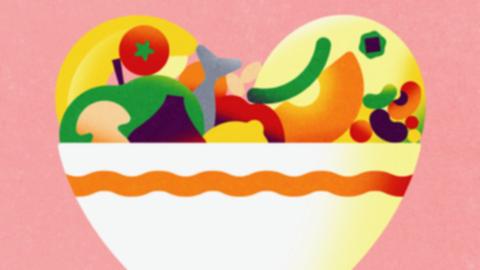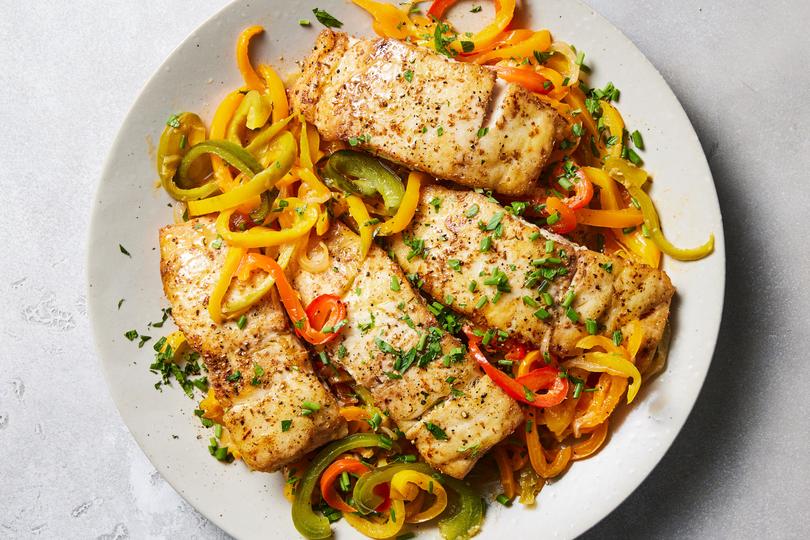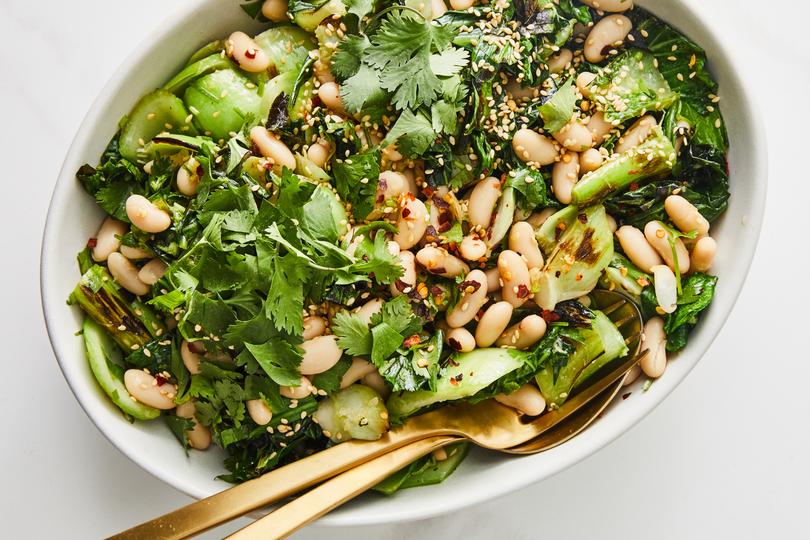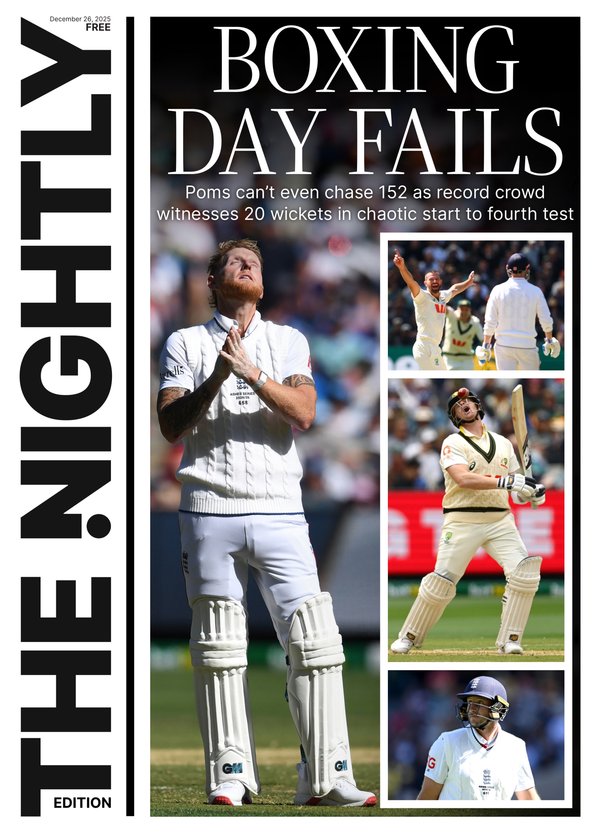How the Dietary Approaches to Stop Hypertension (or DASH) diet is proven to work but hardly used

When Dr. Deepak Gupta discusses blood pressure management strategies with his patients, they often jump to say that they know they should cut down on salt, he said.
But that’s not the only dietary change that can lower blood pressure, said Gupta, a cardiologist and associate professor of medicine at Vanderbilt University Medical Center.
More than two decades ago, researchers showed that the Dietary Approaches to Stop Hypertension (or DASH) diet, which is rich in fruits, vegetables and whole grains, could dramatically reduce high blood pressure. This was true even when clinical trial participants consumed high levels of sodium.
Sign up to The Nightly's newsletters.
Get the first look at the digital newspaper, curated daily stories and breaking headlines delivered to your inbox.
By continuing you agree to our Terms and Privacy Policy.Nearly half of adults in the United States have high blood pressure, so a lot of people would benefit from adopting the DASH diet, said Dr. Stephen Juraschek, an internal medicine physician and associate professor of medicine at Harvard Medical School.
Yet few people actually follow it. In one online survey of 3000 U.S. adults conducted in March, only about 1% of the respondents said that they’d tried the DASH diet within the last year. That’s “kind of stunning,” Juraschek said, because there is so much evidence to back it up.
Q: What is the DASH Diet?
A: One notable feature of the DASH diet is that it calls for many fruits and vegetables — four to five servings of each per day.
That can seem “radical” for people who aren’t used to eating that way, Juraschek said. For every meal, he added, “you’re really talking about fruits and vegetables being half of the plate.”
If you follow a 2,000-calorie-per-day diet, a daily DASH eating plan would also include six to eight servings of grains (mostly whole grains); two to three servings of reduced- or no-fat dairy products; and up to six 1-ounce servings of lean meat, poultry and fish. It also recommends four to five servings of nuts, seeds and legumes spread throughout the week.

Because the diet emphasizes fruits, vegetables and dairy products, it’s abundant in potassium, which studies have shown can lower blood pressure, Juraschek said. DASH is also rich in fiber, calcium and magnesium, and discourages foods high in sodium, added sugars and saturated fats.
The diet does, however, allow for up to five servings of sweets per week. A serving might include a half cup of sorbet or a small cookie.
Researchers can’t say exactly why DASH reduces blood pressure, but potassium likely plays a role, said Dr. Lawrence Appel, a professor of medicine at the Johns Hopkins University School of Medicine, who helped design the diet.
Q: What does the science suggest?
A: The DASH diet was first described and tested in a clinical trial published in the New England Journal of Medicine in 1997. In it, 459 adults with normal or high blood pressure followed a typical American diet — one relatively low in fruits, vegetables and dairy products and high in snacks and sweets — for three weeks. Then they were randomly assigned to one of three diets for eight weeks: the typical American diet; a similar American diet but with added fruits and vegetables; or the DASH diet.
The researchers found that those who followed the DASH diet had significantly larger reductions in blood pressure than those on the other diets. Those following the American diet with extra fruits and vegetables also enjoyed reductions in blood pressure, though to a lesser extent.
The benefits were particularly striking for those with high blood pressure, Appel said: Those reductions were in line with those seen from taking a blood-pressure-lowering medication.
And the benefits stood despite the diets containing about 3,000 milligrams of sodium per day — far more than the 2,300-milligram limit suggested by federal guidelines.

In a follow-up trial on a similar group of people published in 2001, the team found that both the DASH diet and lower sodium versions of the typical American diet — containing 1,150 or 2,300 milligrams of sodium per day — were effective at reducing blood pressure. But participants’ blood pressures were the lowest when they combined the two treatments into one low-sodium DASH diet.
In the years since, more than two dozen clinical trials have confirmed the DASH diet’s remarkable ability to lower blood pressure. Research also suggests that vegetarian, low-carbohydrate and Mediterranean diets can reduce blood pressure, but the DASH diet is backed by the best evidence, the American Heart Association and American College of Cardiology noted in their 2017 guidelines.
For lowering blood pressure, it’s “the way to go,” said Dr. Crystal Tyson, a nephrologist and hypertension specialist at Duke University School of Medicine.
And it has benefits beyond blood pressure lowering, too, Juraschek said. Research suggests that the DASH diet — even if you don’t follow it exactly — is associated with reduced risks of conditions like heart disease, stroke, Type 2 diabetes, kidney disease, some types of cancer and cognitive decline, he said.
Q: How can I begin following it?
A: As with any diet, it can feel overwhelming to adopt, Tyson said. Start by finding a reputable meal plan online or a cookbook for the diet, she suggested.
And know that there’s room for flexibility, Tyson added. In a 2005 trial of 164 people, Appel and his team found that those who followed versions of the diet that were higher in protein or healthy fats were just as likely to have reduced blood pressure as those who followed the original diet. If you don’t like or can’t tolerate dairy products, Tyson said, focus on the other food groups.
The best way to change your diet is to start slowly, Tyson added. Maybe you add just one serving of a fruit or vegetable to one meal per day for a week — like a banana with yogurt or sautéed spinach with eggs. Then you might bump it up to two servings the next week. Or you might try snacking on a handful of nuts twice a week, Tyson suggested.

“Just start eating,” she said. “Something is better than nothing, and you don’t have to be perfect.”
This article originally appeared in The New York Times.
© 2024 The New York Times Company
Originally published on The New York Times
